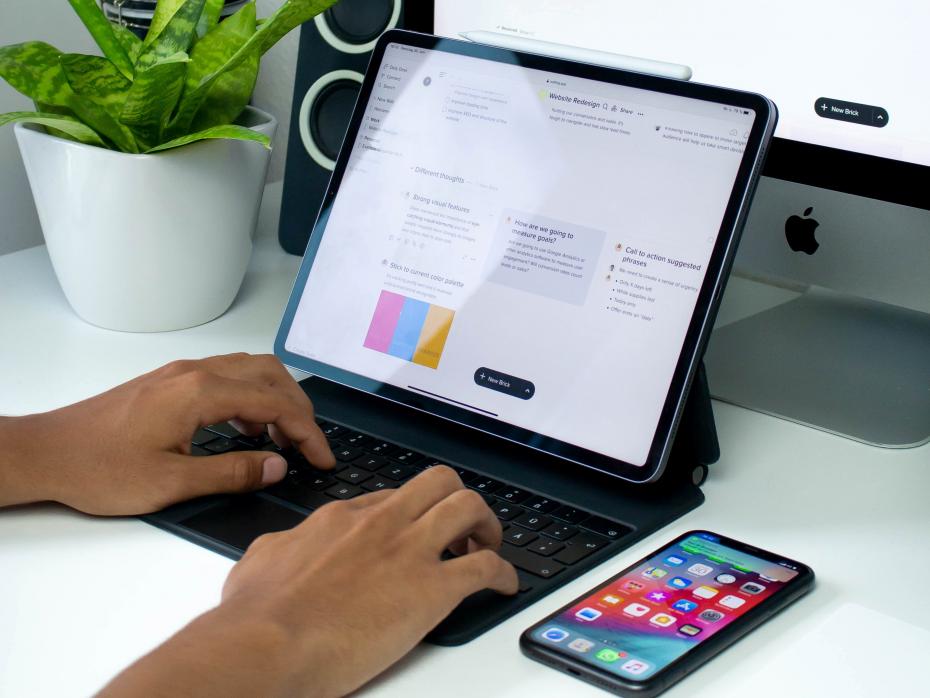Since the pandemic, centres for excellence in teaching and learning (CETLs) have played an ever more critical role in supporting higher education institutions to manage demands for more online education.
While the work of CETLs varies across institutions, most are charged with supporting faculty professional development through a range of strategies and activities. Here are eight strategies CETLs can use to address the increased demand for online teaching:
1. Increase access to faculty development
Provide additional pathways to training and advice, giving faculty greater flexibility through approaches such as:
- Increasing access to short consultations with CETL staff. At our CETL, we promoted this and saw increased uptake of the service.
- Developing more short instructional videos in an online repository that faculty can access at any time, anywhere. Our data analytics, feedback and comments, plus growth in subscriptions showed this had wide reach and uptake by faculty.
- Creating an online community of practice to sustain faculty support. We wanted to provide an environment where faculty could easily share and find examples of best practice, so we used Microsoft Yammer to establish a campus-wide online forum.
2. Offer examples of quality online teaching
Sharing templates and examples of effective online course design, content and delivery is a powerful way of building faculty capabilities in online instruction. CETLs can provide working examples of quality online courses that can be shared via the learning management system (LMS). Another option is to invite selected faculty to share short videos showcasing their courses, which can be accessed through an online video repository.
- Resource collection: The new academic skill set
- Resource collection: the business of online education
- Resource collection: A beginners’ guide to teaching online
3. Start a faculty-led capacity-building event
We wanted faculty to lead presentations of best practice in online teaching, so we organised an “unconference” event, which we deconstructed as The UWI Faculty Café. University of the West Indies (UWI) faculty were invited to share effective models and strategies used in their online courses. This sharing took place in seven-member groups at 20-minute intervals, where each presenter used a laptop to showcase their strategy with fellow faculty sitting around a table. Participants swapped groups every 20 minutes so that within an hour, they had all watched at least three presentations. We first explored this approach online and have transitioned to an in-person event.
4. Support active learning and student engagement in online education
Recognising the challenge of student engagement online, we introduced workshops covering skills such as developing H5P interactive learning activities within the LMS, creating interactive instructional videos and instructional graphics using Canva. Since then, we have seen more use of H5P interactive activities in the LMS such as presentations and videos featuring multiple-choice questions, blanks for students to fill in, text pop-ups and other interactive elements.
5. Find ways to partner with your IT team
Your campus IT service should be a key partner in building quality online education. By working closely with IT, you will be able to quickly address any barriers to online learning and make improvements. We maintain close communication and consult regularly with our campus IT regarding new functions and updates in the LMS. Our data indicated a varied student experience when using the LMS, so we worked with our IT team to embed a generic course template within the LMS. This provided a basic framework for faculty to develop courses and meant a more consistent online learning experience for students. While faculty can modify the template, it means they no longer start with a blank slate.
6. Start a One Button Studio
A One Button Studio (OBS) is a simplified video recording set-up that can be used without previous video production experience. Faculty, on entering the studio, will activate the OBS recording service by pressing a button and this will coordinate all the components – video camera, computer system, lighting and sound, so faculty can concentrate on presenting the content. Once completed, the faculty can then access their recording ready for editing on their own devices before embedding it into their online courses. We are working to ensure our faculty have access to One Button Studio by the summer semester of 2023.
7. Integrate resilience-driven pedagogy in faculty development
The support for emotional and mental well-being for faculty provides an opportunity to address teaching resilience. While it has various definitions, teaching resilience is used here to mean faculty’s ability to adapt and succeed despite adversity. It is important that faculty development themes are extended to explore wider topics of well-being and coping skills needed when meeting the increased demand for online education.
8. Advocate for quality online education
The quality of online education remains uneven. Many faculty extol their expertise as online educators having lectured using video-conferencing platforms since the pandemic. The return to in-person teaching saw an increased call by students and faculty alike for continued elements of online education. To meet this demand, institutions must ensure adherence to quality standards for online education through the provision of guidelines and support systems. Support systems may include monitoring mechanisms where online courses are evaluated or audited against tools such as this online course quality review rubric produced by the State University of New York (SUNY).
LeRoy Hill is director of the Centre for Excellence in Teaching and Learning at St. Augustine Campus, The University of the West Indies
If you found this interesting and want advice and insight from academics and university staff delivered direct to your inbox each week, sign up for the THE Campus newsletter.




comment